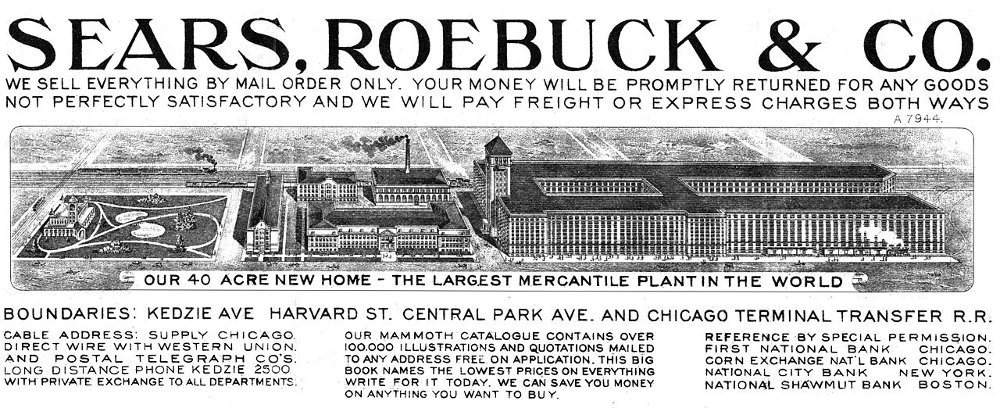 Malcolm Gladwell tells a famous story about Howard Moskowitz, the food scientist who discovered for Prego that what customers wanted was a chunky spaghetti sauce. Armed with this information, Prego introduced a chunky sauce and had some of its most profitable years ever. Part of the reason Moskowitz was so successful in his research was that he was willing to question everything. No variable was fixed. Everything that could be questioned would be questioned.
Malcolm Gladwell tells a famous story about Howard Moskowitz, the food scientist who discovered for Prego that what customers wanted was a chunky spaghetti sauce. Armed with this information, Prego introduced a chunky sauce and had some of its most profitable years ever. Part of the reason Moskowitz was so successful in his research was that he was willing to question everything. No variable was fixed. Everything that could be questioned would be questioned.
Marketing
 Your best customers are your Brand Lovers.
Your best customers are your Brand Lovers.
Understanding the needs of your Brand Lovers and serving them better than anyone else is critical if you want to outmaneuver the competition and grow a long-term sustainable business.

By the former Chief Marketing Officer of Walmart, Paul Higham
I suspect that most 13-year-olds are curious about their future—I know I was. One day, my mother brought home a little black and yellow hard-backed book called Careers (I’m not entirely sure of the title, as this was nearly 50 years ago). I found a quiet place and devoured the book.

Last week, we wrote about the power of the individual customers to transform your business. The intensely-devoted customers we highlighted—the Brand Lovers—seek out like-minded individuals to form brand communities. These groups become close-knit with ties that resemble family—or in modern parlance: they become framily.
Here’s a secret: they can treat you like framily too. When we were interviewing customers for Life is Good, they spoke of founders Bert Jacobs and John Jacobs as if they knew them and spoke about their mascot Jake as if he were a real person. Jake was imbued with all of Life is Good’s good deeds and Bert’s and John’s personalities and he became an honorary framily member at their barbecues.
A hallmark of family—and framily—is doing good deeds without expecting anything in return. This can take the form of surprise gifts or surprise shipping upgrades. But, one of the best and easiest ways is simply saying thank you.
In August, BJ wrote about the power of saying thank you, and meaning it, to your coworkers. The same is equally true for your customers. About a decade ago, after shopping at Cole Haan, I received a handwritten letter in the mail from the sales associate, thanking me for my business and telling me it was always good to see me. I’ve always maintained a few pairs of Cole Haan shoes in my collection since.
Thank you for reading our blog throughout the past year.



 THE BIG IDEA: 2017 is here. It’s time to think on, plan for, mitigate against, and dream about what your customers will need, want and LOVE in the year ahead.
THE BIG IDEA: 2017 is here. It’s time to think on, plan for, mitigate against, and dream about what your customers will need, want and LOVE in the year ahead. 
